The wastewater treatment facilities in the city of Mailuu-Suu need repairs.
41°13'50"N
72°25'46"E
Emergency repairs are required for the wastewater treatment facilities in the cities of Osh, Jalal-Abad, Tokmok, Karakol, Cholpon-Ata, Balakchy, Naryn, Mailuu-Suu, and many other treatment facilities in towns and villages that are in critical condition.
The deterioration of the economic situation negatively affects the state of wastewater and sewage facilities. The lack of funds for the expansion, repair, and reconstruction of these systems leads to a decrease in the quality of wastewater treatment and a deterioration in the water quality of open water bodies.
Most small towns in the republic's district centers do not have centralized sewage systems and treatment facilities. Household and industrial wastewater, which accounts for more than 27% of total wastewater discharge, is annually accumulated in absorbing pits and disposed of in catchment areas or directly into water bodies. This pollutes environmental components and exacerbates ecological safety.
Analysis of the materials indicates that the most acute ecological situations related to salinization, pollution, depletion of soils and water resources, gully formation, etc., are observed in most of Kyrgyzstan's territory.
The territory of the Jalal-Abad region belongs to the basin of the Syr-Darya River. The most water-rich river in the region is the Naryn. The operation of the water supply systems in the city of Jalal-Abad, the villages of Kochkor-Ata, Kok-Yangak, Maili-Sai, the city of Tash-Kumyr, and district centers is managed by the Jalal-Abad Water Supply and Sewage Management. All other water supply systems are operated either by district services of "Selremstroy" or by agro-farming managements.
In several populated areas of the region, the water supply system is completely absent, and the population collects water for drinking and technical needs from open water bodies.
Experts acknowledge that the quality of water is declining across the republic. Currently, the structure of economic entities in Kyrgyzstan has changed, and accordingly, the structure of pollution has also changed. Industrial pollution has decreased, while household pollution, associated with existing treatment facilities through which wastewater enters rivers, prevails. "The major rivers of Kyrgyzstan are currently experiencing significant anthropogenic impact. In the coastal zone, household and construction waste, storage of plant waste, waste from agricultural animals, and municipal solid waste dumps are found. This disrupts the river ecosystems, and waste is already being dumped directly into river floodplains. Treatment facilities in Karakol, Cholpon-Ata, Balakchy, Jalal-Abad, Tokmok, Mailuu-Suu, Naryn, and other cities are in critical condition and need reconstruction.
The capacity for collecting wastewater in three regions is 70% of the volume of water supply capacity. All populated areas with wastewater collection systems are equipped with treatment facilities. However, many of them operate inefficiently, and some do not function at all. There is a lack of proper control over the effectiveness of wastewater treatment.
72°25'46"E
Emergency repairs are required for the wastewater treatment facilities in the cities of Osh, Jalal-Abad, Tokmok, Karakol, Cholpon-Ata, Balakchy, Naryn, Mailuu-Suu, and many other treatment facilities in towns and villages that are in critical condition.
The deterioration of the economic situation negatively affects the state of wastewater and sewage facilities. The lack of funds for the expansion, repair, and reconstruction of these systems leads to a decrease in the quality of wastewater treatment and a deterioration in the water quality of open water bodies.
Most small towns in the republic's district centers do not have centralized sewage systems and treatment facilities. Household and industrial wastewater, which accounts for more than 27% of total wastewater discharge, is annually accumulated in absorbing pits and disposed of in catchment areas or directly into water bodies. This pollutes environmental components and exacerbates ecological safety.
Analysis of the materials indicates that the most acute ecological situations related to salinization, pollution, depletion of soils and water resources, gully formation, etc., are observed in most of Kyrgyzstan's territory.
The territory of the Jalal-Abad region belongs to the basin of the Syr-Darya River. The most water-rich river in the region is the Naryn. The operation of the water supply systems in the city of Jalal-Abad, the villages of Kochkor-Ata, Kok-Yangak, Maili-Sai, the city of Tash-Kumyr, and district centers is managed by the Jalal-Abad Water Supply and Sewage Management. All other water supply systems are operated either by district services of "Selremstroy" or by agro-farming managements.
In several populated areas of the region, the water supply system is completely absent, and the population collects water for drinking and technical needs from open water bodies.
Experts acknowledge that the quality of water is declining across the republic. Currently, the structure of economic entities in Kyrgyzstan has changed, and accordingly, the structure of pollution has also changed. Industrial pollution has decreased, while household pollution, associated with existing treatment facilities through which wastewater enters rivers, prevails. "The major rivers of Kyrgyzstan are currently experiencing significant anthropogenic impact. In the coastal zone, household and construction waste, storage of plant waste, waste from agricultural animals, and municipal solid waste dumps are found. This disrupts the river ecosystems, and waste is already being dumped directly into river floodplains. Treatment facilities in Karakol, Cholpon-Ata, Balakchy, Jalal-Abad, Tokmok, Mailuu-Suu, Naryn, and other cities are in critical condition and need reconstruction.
The capacity for collecting wastewater in three regions is 70% of the volume of water supply capacity. All populated areas with wastewater collection systems are equipped with treatment facilities. However, many of them operate inefficiently, and some do not function at all. There is a lack of proper control over the effectiveness of wastewater treatment.



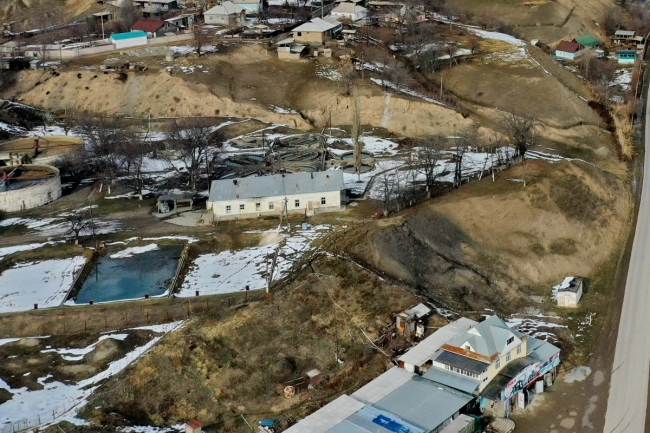
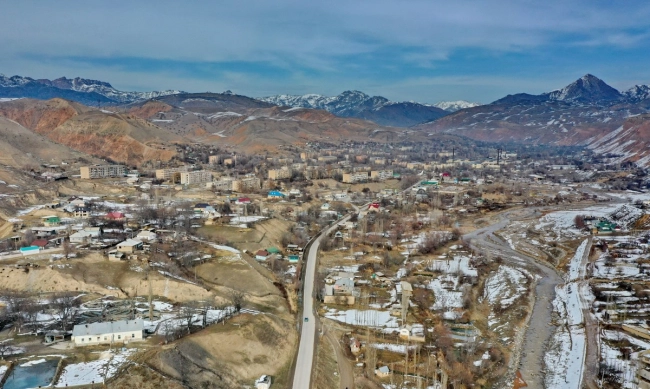
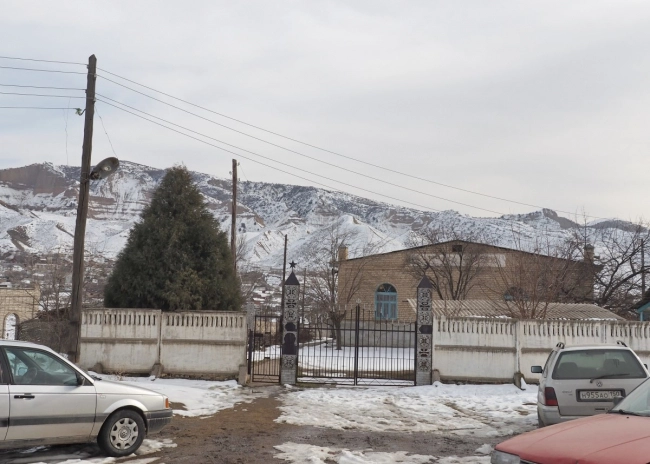

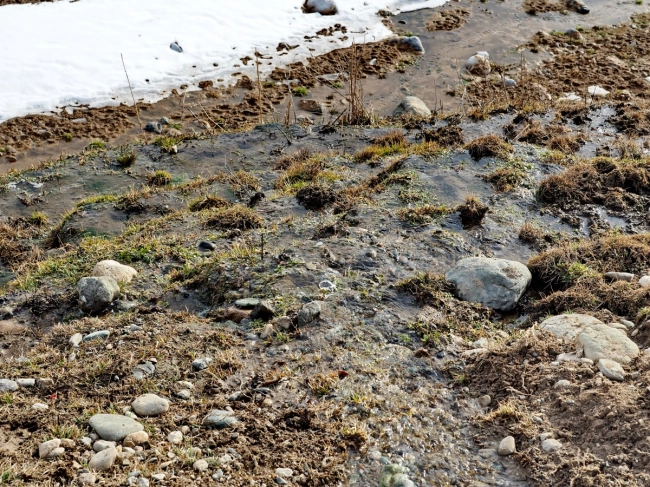
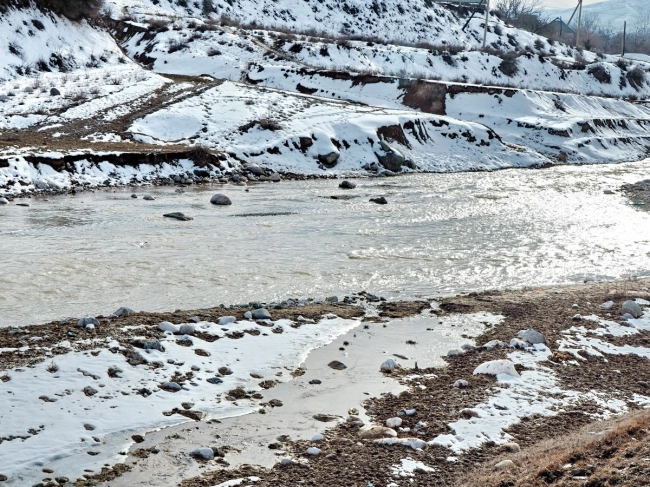

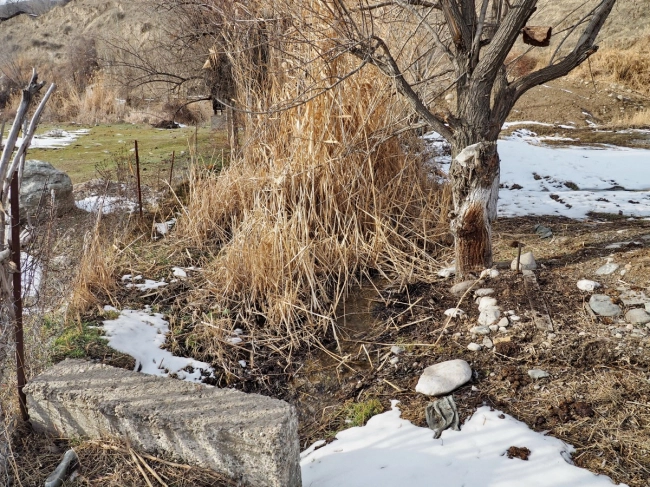
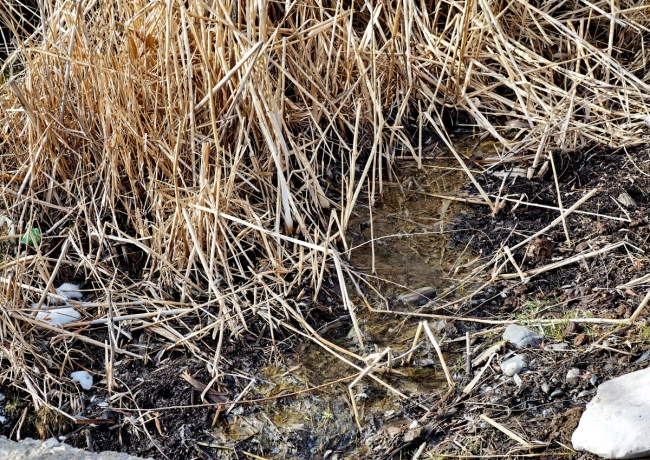


















Attention: Information based on submitted complaints